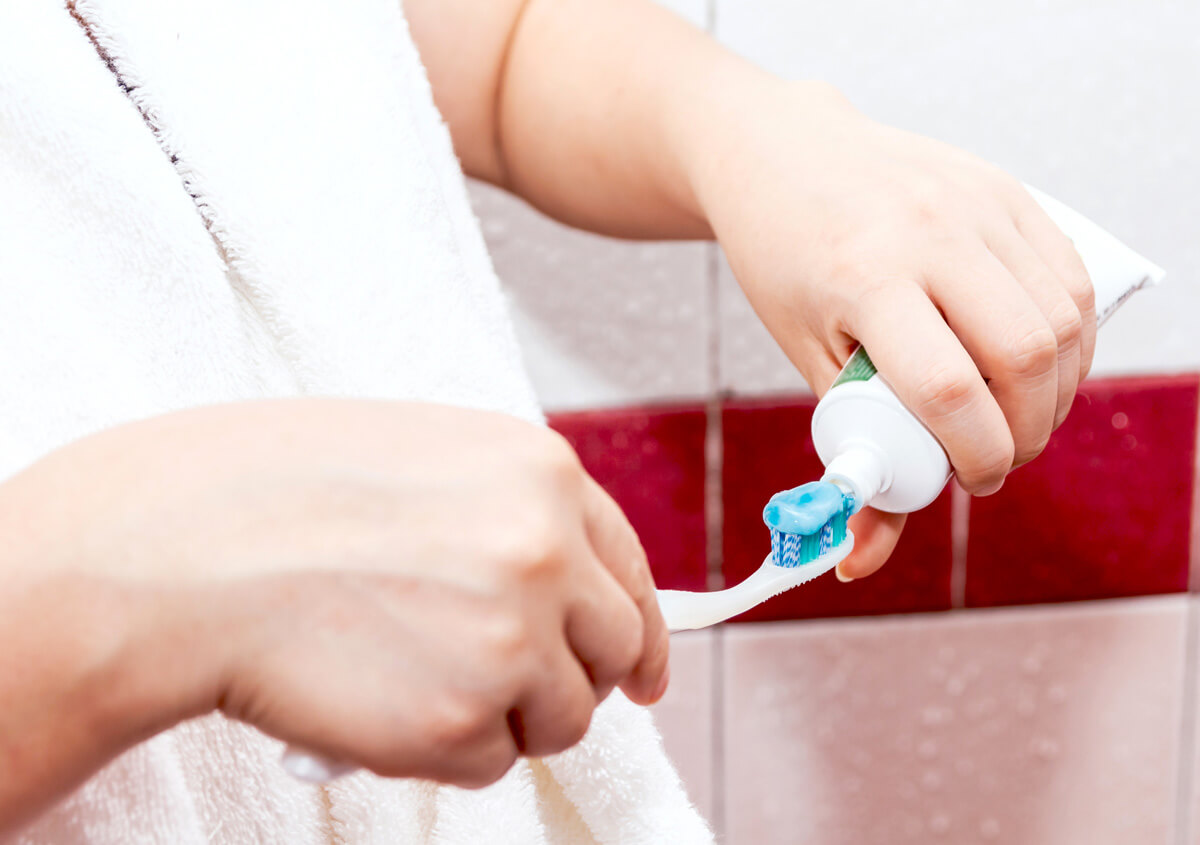Periodontal/Dental Hygiene
 Visit Dr. Mark Cruz, a family dentist serving Laguna Niguel and surrounding areas, for friendly and custom dental care for your entire family!
Visit Dr. Mark Cruz, a family dentist serving Laguna Niguel and surrounding areas, for friendly and custom dental care for your entire family!
Gum Disease
Our mouths are full of bacteria. The bacteria along with mucus and other particles constantly form a sticky, colorless biofilm also known as “plaque” on our teeth. It is a major cause of tooth decay and periodontal disease. Biofilms consist of many species of bacteria in layers both old and new that cling to the teeth. The microbial composition of biofilm (plaque) gradually becomes more diversified and if allowed to grow undisturbed will eventually produce many pathogenic bacteria that are resistant to antibiotics. Proper daily brushing and flossing and professional dental cleanings forces the biofilm process to repeatedly restart thus preventing the bad (pathogenic) bacteria from dominating and causing dental disease. If the plaque is not disrupted daily it remains on the teeth absorbing the minerals naturally occurring in the saliva and turns into a hard deposit called tartar, aka calculus; that can only be removed by a dentist or dental hygienist.



Gingivitis


Gingivitis is inflammation of the gum tissue due to the long-term effects of plaque deposits. Bacteria and the toxins they produce cause the gums to become infected and stimulates an immune response. Swelling and bleeding results while eating or brushing. If gingivitis is not treated it may progress into periodontitis which destroys the gum and bone that support the teeth. If treated early, gingivitis can be reversed and kept under control with brushing, flossing, and regular dental cleanings.
Periodontal Disease





Periodontal disease is a bacterial infection that will destroy the gums and supporting bone that holds your teeth in your mouth and support your face. In periodontitis, gums pull away from the teeth and form spaces called pockets that become infected. The body’s immune system fights the bacteria as biofilm spreads and grows below the gum line. Bacterial toxins and the body’s natural response to infection start to break down the bone and connective tissue that hold the teeth in place. If the periodontal infection continues uncontrolled, the teeth may eventually become loose and have to be removed. This bone loss is permanent. If detected in the early stages, periodontal disease can be treated and controlled.
Periodontal Exam








The dentist or dental hygienist will screen you for gum disease.
This exam will include:
- Taking x-rays to see whether there is any bone loss.
- Examine your gums and note any signs of inflammation.
- Use a tiny instrument called a periodontal probe to check for and measure any pockets. In a healthy mouth, the depth is usually between 1-3 millimeters. An unhealthy pocket typically is 4mm and above with associated bleeding.
Once a diagnosis has been made, an individualized treatment plan to eliminate infection of the gums and root surface will be indicated. The hygienist will perform periodontal therapy called scaling and root planing also known as deep cleaning.
Full Mouth Debridement
You have been diagnosed with mild, moderate or severe periodontal disease and have committed to a positive treatment plan to improve your oral health. Periodontal treatment is completed in stages and requires your participation in our office and at home to be successful. During this first appointment prior to the deep cleaning, the hygienist will design & coach you regarding a home care routine to help keep your teeth healthy. Also, calculus (tartar) is removed from the teeth above the gums to allow the gum tissue to begin to heal and the inflammation to go down so that during the deep scaling the hygienist can focus on removing the calculus and necrotic tissue under the gums. Post-treatment instructions will also be reviewed prior to the non-surgical procedure of scaling and root planing.
Scaling and Root Planing (Deep Cleaning)
Root planing is the treatment of the diseased root surfaces below the gum line. Root planing focuses on eliminating tartar and BioFilm below the gum and detoxifying the pocket where the disease occurs. Typically during this non-surgical procedure, the patient is numb (anesthetized) so that the process is comfortable. For the procedure to be effective, the patient must be able to maintain a level of periodontal health that will prevent reinfection of periodontal pathogens. This requires optimal home care and ongoing periodontal maintenance therapy, usually every 3-4 months to maintain health.









